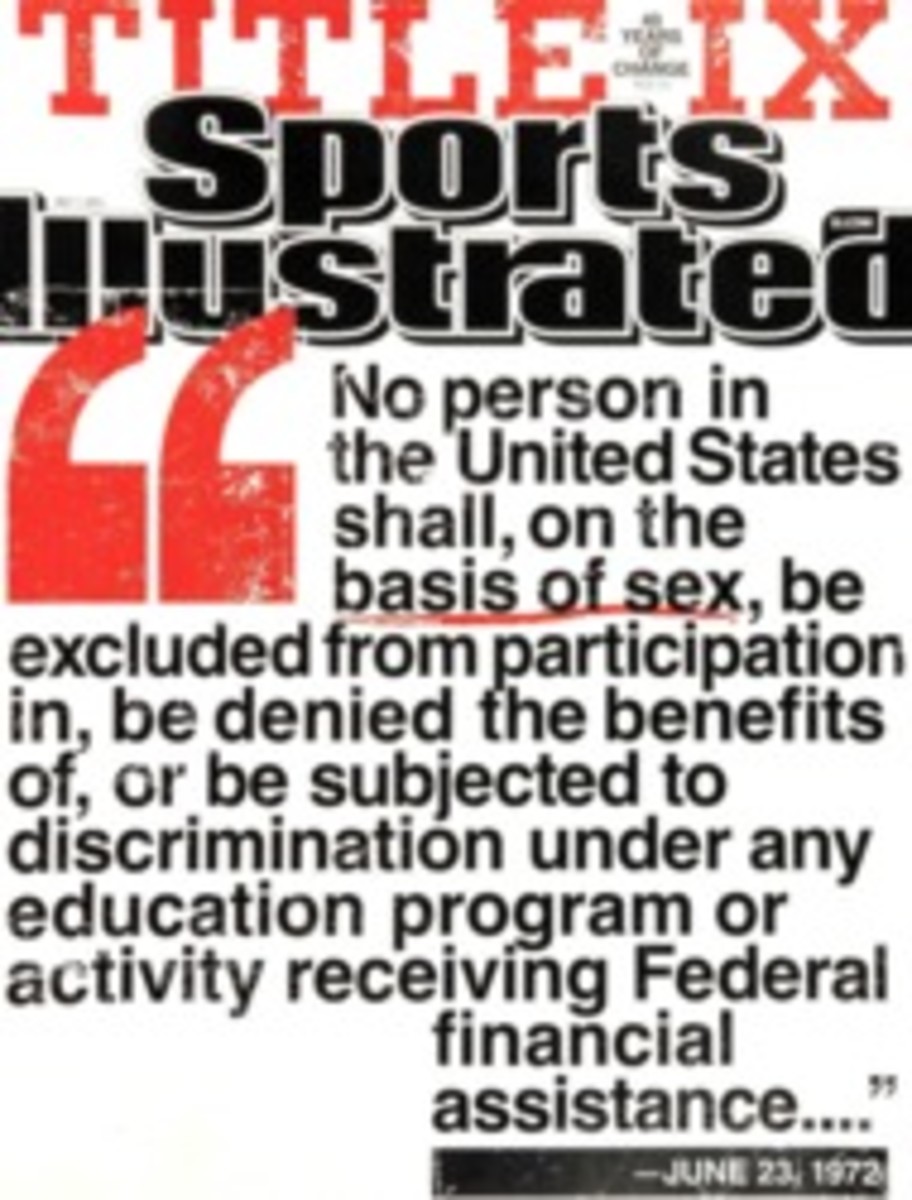
Olympic Movement
It was a 14-month odyssey that would forever change the landscape of women's basketball and take the promise of Title IX one critical step further. After a series of disappointing bronze medal finishes—at the 1991 Pan Am Games, the '92 Olympics, and the '94 world championships—the U.S. team needed a new approach before the '96 Games in Atlanta. Could the women follow in the footsteps of the Dream Team, which had dazzled the world in 1992 and eased the pain of a third-place finish four years before?
With the NBA providing $3 million in financial and marketing support, the national team embarked on a 52-game tour against college and international teams. Coach Tara VanDerveer took a year off from Stanford, and most of the 11 players gave up lucrative basketball gigs overseas in exchange for a $50,000 stipend and the long-awaited chance to play as professionals in front of U.S. audiences. While the immediate goal was clear—during a jog with the team in December 1995, President Clinton reminded VanDerveer, "Bring back that gold!"—there was far more than national pride at stake. Two women's pro leagues, the American Basketball League and the WNBA, were gearing up to launch after the Games.
Undefeated on its barnstorming trip, the team didn't disappoint in Atlanta, swamping opponents by an average of 28.6 points. In the gold medal game against Brazil on Aug. 4, before a Georgia Dome crowd of 32,987, the U.S. played its best game to date, shooting 66.2% from the field and dishing out 30 assists, including 10 by then four-time Olympic vet Teresa Edwards. All 12 players scored in the 111--87 win; the players held hands as they received the gold medals they had spent more than a year earning.
But the ceremony was a beginning as much as it was an end. Two months later the ABL tipped off; the WNBA would follow the next summer. "The 1996 Olympic team was foundational," says Val Ackerman, the NBA's director of business affairs before becoming the WNBA president for eight years. "If it had been a flop, it probably would have deterred us. Instead it was reinforcing. That team attracted strong crowds and became a huge story."
Olympic success led to increased visibility in other sports as well, though monetizing that success has proved difficult. The women's soccer team rode the momentum of its gold medal win to a home-soil victory in the 1999 World Cup; the final game against China in the Rose Bowl remains the most-attended women's sporting event in history (90,185). Though neither the Women's United Soccer Association, which launched in 2001, or its successor, Women's Professional Soccer, is currently operating, the passionate crowds, eye-popping TV ratings and high quality of play at the '11 Women's World Cup in Germany were evidence that women's soccer is starting to thrive internationally.
The U.S. softball team, which also won gold in Atlanta, prompted the launch of Women's Pro Fastpitch in 1997, which has evolved into a four-team league known as National Pro Fastpitch. The ABL was shuttered in '98, but 15 years later the WNBA is a highly competitive 12-team league that showcases the world's best players. "The WNBA has defied the odds," says Ackerman. "It's not the NBA or the NFL, and it may never be, but it's a sport that has found its niche, has seen incredible improvement in the quality of play and is an established part of the sports landscape in a way that most other women's sports still only dream of."
"IF THE OLYMPICS HAD BEEN A FLOP, IT PROBABLY WOULD HAVE DETERRED US," SAYS ACKERMAN OF THE DEVELOPMENT OF THE WNBA. "INSTEAD IT WAS REINFORCING."
PHOTO
DAVID E KLUTHO
GOLDEN GIRL Edwards (far left), who led the U.S. to victory over Brazil with nine points and 10 assists, went on to play in both the ABL and the WNBA, where she also served as an assistant coach for the Tulsa Shock.

